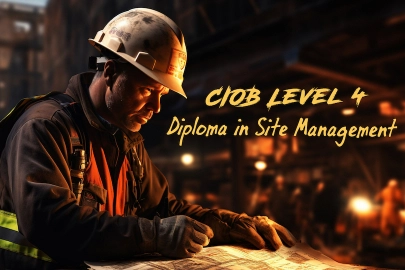A Space Odyssey
In 1968, Arthur C. Clarke and Stanley Kubrick's "2001: A Space Odyssey" surprisingly predicted many aspects of the future, including flat-screen displays, biometric identity checks, tablet computers, video-calling, and voice-activated AI, though some predictions, like space travel as a common business trip, were less accurate.
Here's a breakdown of some of their predictions:
Accurate Predictions:
Flat-screen displays:
The movie featured what looked like flat-screen displays, a technology that became commonplace decades later.
Biometric identity checks:
The movie showed biometric identity checks, which are now common in security systems.
Tablet computers:
Clarke envisioned an "electronic paper" or "newspad" in the movie, a precursor to the modern tablet computer.
Video-calling:
The film showed video calls, a technology that is now a common way of communicating.
Voice-activated AI:
The movie featured the HAL 9000 computer, a voice-activated AI, which foreshadowed the development of voice-activated virtual assistants.
Space Tourism:
The movie predicted space tourism, which has become a reality in recent years.
Less Accurate Predictions:
- Space travel as a common business trip: The movie depicted a shuttle with snacks served by bobble-hatted flight attendants, which is still a futuristic idea, even today.
- Clothing and Haircuts: The movie's depiction of clothing and haircuts was very formal, which doesn't reflect the more casual styles that have become common.
- Personal Computers: The movie didn't feature personal computers, which are now ubiquitous.
Answer: 62.416 pounds per cubic foot at 32 degrees Fahrenheit; 61.998 pounds per cubic foot at 100 degrees Fahrenheit
Answer: It depends on the size of the person, but a 150- to 180-pound adult will have approximately 1.2 to 1.5 gallons of blood in their body.
Answer: By mass, about 96% of our bodies are made of four key elements: oxygen (65%), carbon (18.5%), hydrogen (9.5%) and nitrogen (3.3%).





